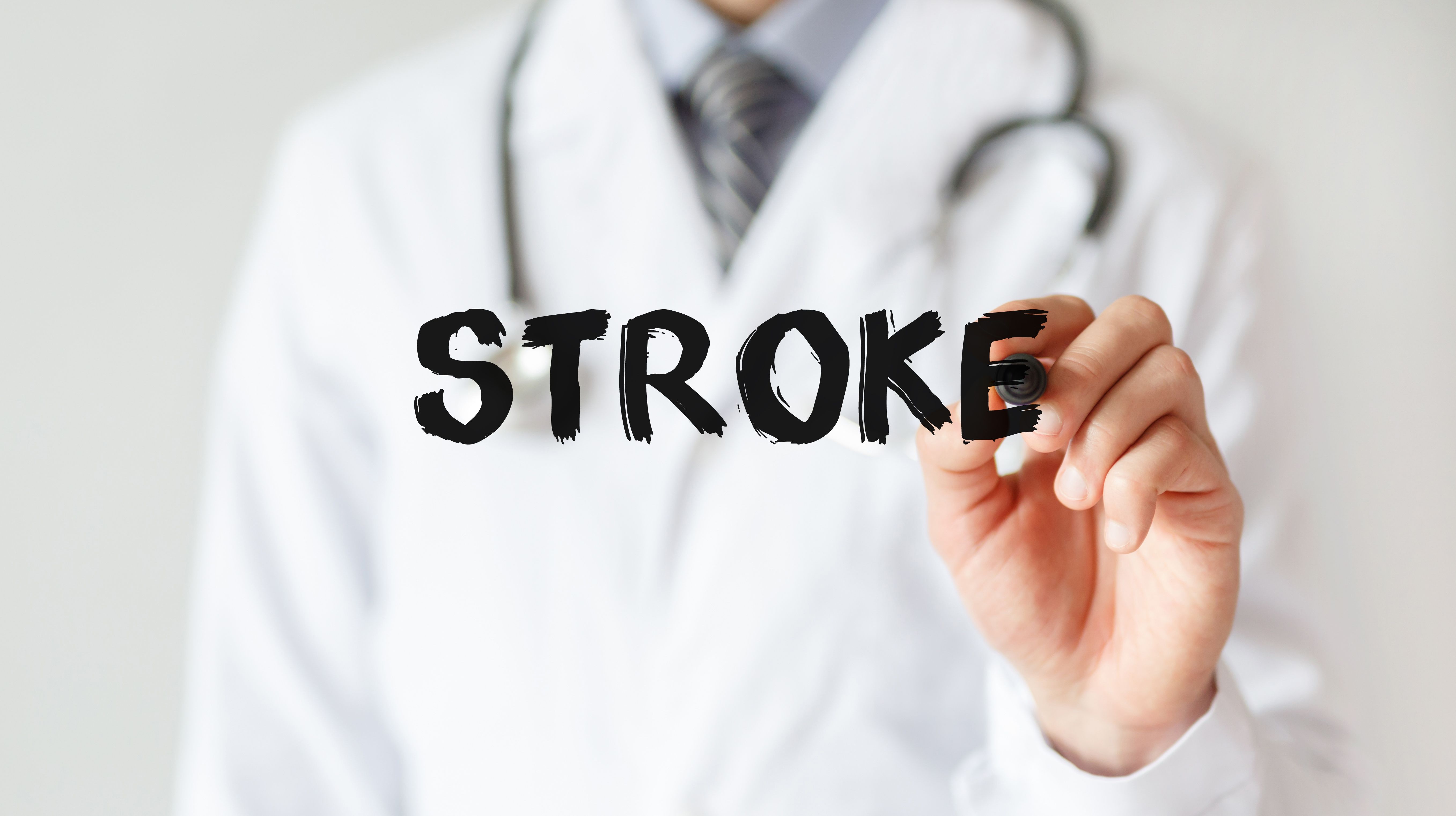Indigenous individuals are more likely to experience a stroke compared with those who are not indigenous, according to results of a systematic review published in Neurology. The investigators included 24 studies across 7 countries, including Australia, Canada, New Zealand, Norway, Singapore, Sweden, and the United States, according to a press release.1
“Disparities are especially evident in countries where high average quality of life and long life expectancies are often not mirrored in Indigenous populations,” Anna H. Balabanski, MBBS, PhD, of Monash University in Melbourne, Australia, said in the press release. “These disparities may reflect inequitable access to resources to prevent and manage stroke.”1
Key Takeaways
- Indigenous individuals across various developed countries, including Australia, Canada, New Zealand, Norway, Singapore, Sweden, and the United States, are consistently found to be at a significantly higher risk of experiencing a stroke compared to non-Indigenous populations.
- The findings underscore the urgent need for comprehensive research and targeted interventions to address socioeconomic and health disparities affecting Indigenous populations.
- Future research initiatives must prioritize the involvement and oversight of Indigenous communities to ensure culturally sensitive and community-driven approaches.
In the study, investigators examined countries that had a high Human Development Index measuring average achievements in health, knowledge, and standard of living.1 The study authors said studies published between 1990 and 2022 among indigenous populations of developed countries were used. Studies were from PubMed, Embase, and Global Health databases, and studies excluded were not peer-reviewed, had fewer than 10 indigenous individuals, and were not in the 35- to 64-year age range used in the study. Quality assessment was conducted using the “gold standard” for population-based stroke incidents, the Newcastle-Ottawa Scale for bias and the CONSIDER criteria for indigenous health reports, according to the study authors.2
Investigators included 24 studies, including 19 full text articles and 5 abstracts from 7 countries.2 They found that in the United States, those who are indigenous were 20% more likely to have a stroke compared with those who were not. In Australia, they were 70% to 3 times more likely; in Canada, they were 40% more likely; in Norway and Sweden, they were from 8% to more than twice as likely; in Singapore, they were 70% to 90% more likely; and in New Zealand, investigators found that indigenous individuals were statistically more likely to have a stroke in 1 study from 2002 to 2003, according to the press release.1
Furthermore, the results showed that Aboriginal Australians and Torres Strait Islanders aged 55 and younger were more than 4 to 13 times more likely to have a stroke than those who were non-indigenous, according to the press release.1
The study authors stated that it is imperative to better understand stroke incidence in order to develop effective responses to socioeconomic and health disparities for indigenous individuals. They added that future studies should be conducted for indigenous populations and stroke incidence.2
“This process really highlighted the need for more and better research on stroke in Indigenous peoples,” Balabanski, said in the press release. “For example, there were no studies meeting our criteria from South America, the Middle East or Russia. In addition, future studies should be designed and conducted with oversight by Indigenous peoples to strengthen research efforts and improve outcomes.”1
According to the press release, the review was undertaken by a newly formed International Indigenous Advisory Board of Indigenous investigators worldwide.1
References
New review finds indigenous people more likely to have a stroke. News release. EurekAlert. February 14, 2024. Accessed February 14, 2024. https://www.eurekalert.org/news-releases/1033940
Balabanski AH, Dos Santos A, Woods JA, Mutimer CA, et al. Incidence of Stroke in Indigenous Populations of Countries With a Very High Human Development Index: A Systematic Review. Neurology. 2024;102(5):e209138. doi:10.1212/WNL.0000000000209138







